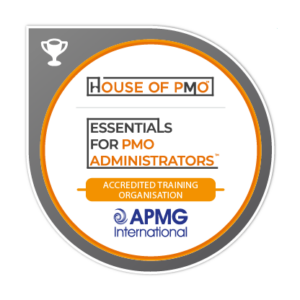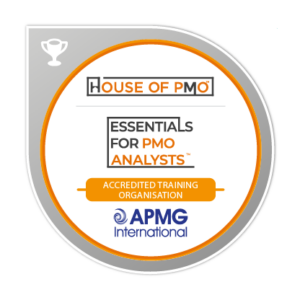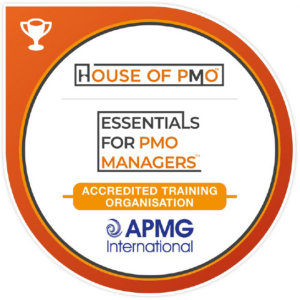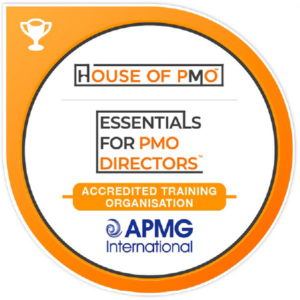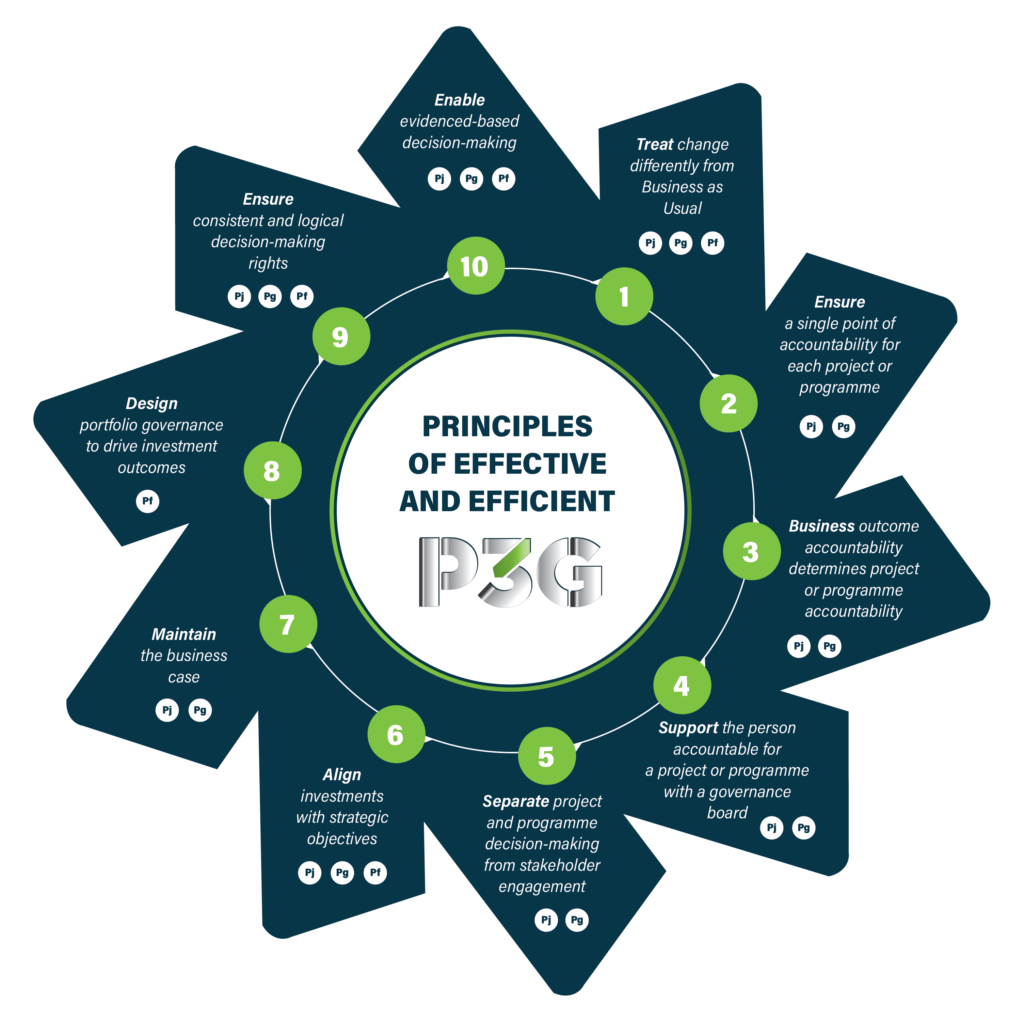
One of the great things about attending training is having the opportunity to meet many different delegates from different backgrounds and often different experience levels too.
We learn from the trainer on a course but we also take insights away from other people too.
You may come across another learner who has lots of experience working in PMO and they’ll have plenty to share. Equally, those with less experience still bring valuable insights because we might often forget about some of the work they might be doing at a less-experienced level that impacts the whole PMO team’s work.
An interesting observation from PMO certification courses is how often the more experienced PMO professional might struggle with the course. Their experiences in the real world don’t always line up with the content and theories that are being delivered by the trainer. Their experiences can cloud their ability to learn the theory and of course that affects their confidence in the exams. It also means that discussions between them and the trainer about what is right and whether or not the textbook should be followed will often ensue.
Less experienced PMO professionals find it much easier to really listen and understand – taking the learnings at first-value. However, there is always value in hearing personal experiences from the workplace and comparing and contrasting theory with real-life.
Theory is Theory
For our PMO certification courses, such as P3O® and the Essentials for PMO Administrators – the material covers best practices. If you’ve worked in PMOs before, you’ll know that what should happen, isn’t always what does happen. These courses are designed to teach you the theory first and then how we can use the theory and apply it back in the workplace.
Throughout the training you are constantly thinking about how this could be applied, or where some of the theory can be applied – this is where tailoring comes in. You tailor, or adapt and change the theory to take into account your organisation’s existing approaches.
Focus on the Trainer
Whilst all PMO Learning courses will help you improve in your career, for our certification courses, there is also an exam to consider at the end. The exam is testing your understanding of the theory you’ve been learning during the course.
Your trainer will make sure that the syllabus is covered, and that you are prepared for your exam. Whilst conversations and sharing knowledge with other delegates are certainly enriching to the training experience – remember the exam is based on the best practice and theories you’ve been learning about and not necessarily how you do things back at work.
Learning from Others
For a lot of learners, it is the interaction and conversations with others on the course that they really enjoy (otherwise you can opt for an e-Learning course and learn alone!) It helps in group discussions to understand how others would apply what they’re learning back in the workplace. There’s often lots of lively debate about how some of the theory definitely wouldn’t apply and the reasons why.
Whilst these discussions are useful, the trainer will be on hand to ensure it doesn’t detract from the course materials – especially when one or two learners are especially keen to monopolise the conversation!
Taking Notes Throughout
One of the ways you can ensure that you’re using what you’ve learnt throughout the course back in the workplace is through the notes you’re taking on the course.
Note-taking is not just about expanding on what is being taught – the extra bits the trainer is talking about around the course slides. It’s also the place you should be noting down further areas to explore when back at work – or where you think you need additional learning or reading around a subject. It’s also a place that you should be capturing your ideas whilst in the training.
For example, I often use little pictures in my notes – just little icons really which denote an idea (a lightbulb) or further reading (a book) or a further conversation with someone (a speech bubble). When I then refer back to my notes I can quickly see where they are and then take further action.
The trick to getting the most out of PMO training courses is to make sure you listen and understand the theory – then think about how that might work in your real world. You should also be picking up your course notes in the many months afterwards to quickly read through and refresh your memory. You’ll be surprised at how some things you picked up during the training didn’t seem relevant but now, months or even years later, you’re in a different place and you’re ready to use them.
The P3O® courses on this page are offered by PMO Learning. P3O® is a [registered] trade mark of AXELOS Limited. All rights reserved. P3O® is a registered trade mark of AXELOS Limited, used under permission of AXELOS Limited. The Swirl logo™ is a trade mark of AXELOS Limited, used under permission of AXELOS Limited. All rights reserved.
Enjoying Our Blog?
Sign up and receive all our articles (we’ll send you an update once a week!) plus special offers and events:





